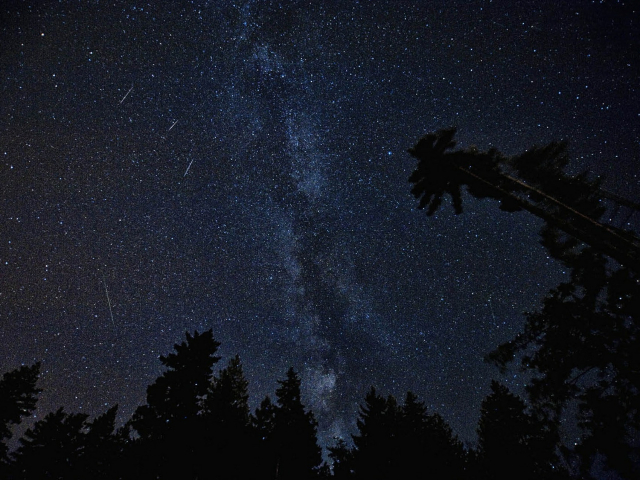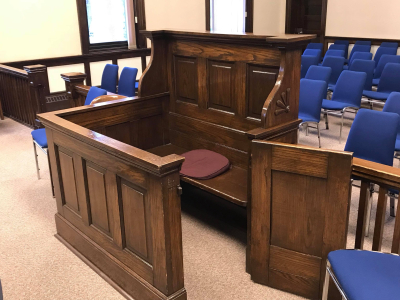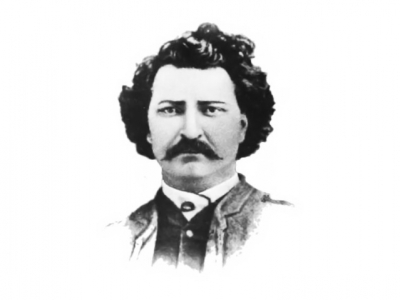The Perseids meteor shower is currently taking place and will reach its peak this week.
Scott Young, the planetarium astronomer at the Manitoba Museum, says that you should get out of the city and away from city lights and look up at the night sky to see it.
Unfortunately, there will be a full moon this year, which could make it harder to see. Therefore, Young recommends that you turn your back to the moon to get a better view.
"For us in Manitoba, the peak will be either Friday morning or Saturday morning and there's a little toss-up of when it will be," he adds.
According to Scott Young, a meteor shower is a night where we see more meteors than normal.
"A meteor is often called a falling star or a shooting star, but it's basically a little piece of cosmic space dust that is crashing into the Earth at cosmic speeds and burning up in a flash of light, so when you see a shooting star, you're basically seeing a little piece of dust burn up," he adds.
Young also says that even though that happens throughout the course of the year, there are a few times each year when we go through a big clump of dust, like a big dust bunny in space.
"On those nights, we see a whole bunch more meteors because there's a lot of more dust burning up in the atmosphere, so that's what's happening," he adds.
Scott Young's family is originally from Rorketon in the R.M. of Lakeshore and he has done a lot of observing in the Parkland region.
"I know the skies out there and they are beautiful... If I had the ability to drive out there for the weekend, that's where I'd be actually to observe the meteor shower," he adds.
Young also says that he will try to live-stream it to the Manitoba Museum Facebook page on Saturday.







